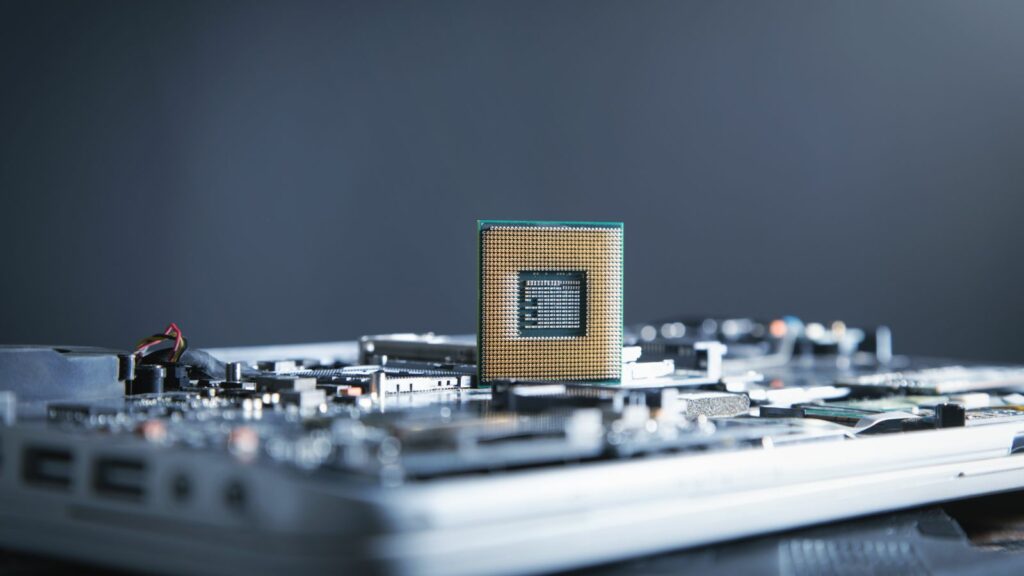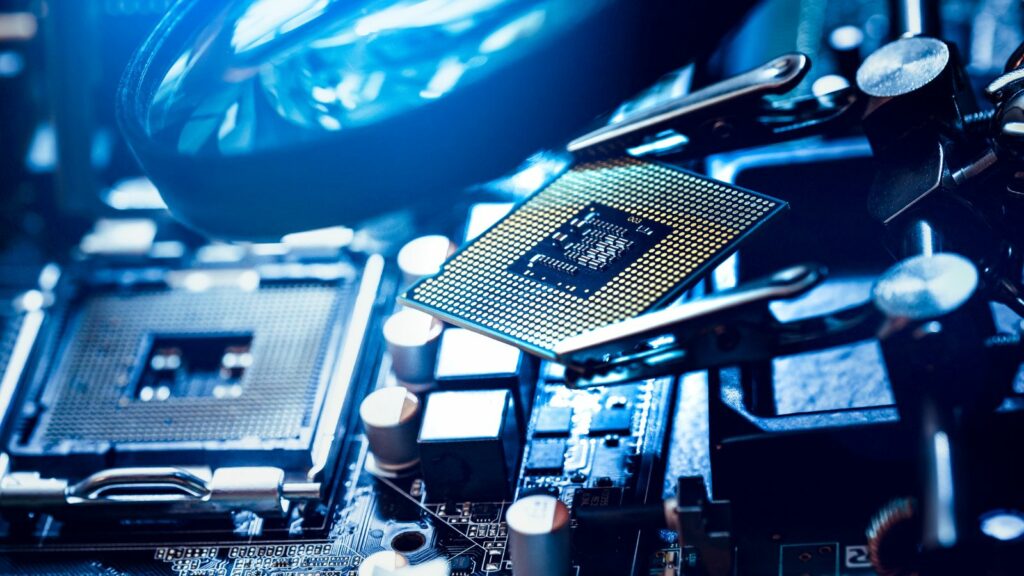Quantum computing, once a concept confined to the realms of science fiction, is now a tangible reality. It’s a revolution that’s set to redefine the boundaries of technology, promising unprecedented computational power. But what does this mean for us in practical terms?
This article will dive into the fascinating world of quantum computing, shedding light on its practical applications. From breakthroughs in medicine to leaps in artificial intelligence, we’ll explore how this technology is poised to transform our everyday lives. Stay tuned as we unravel the mysteries of quantum computing and its real-world implications.
Practical Quantum Computing
Quantum computing, contrary to classically inclined models, harnesses the principles of quantum mechanics. Imagine a scenario where computations are undertaken at significantly accelerated rates, even for complex problems. That’s the world of quantum computing. Essentially, it exploits quantum bits, or “qubits”, which unlike the binary system of traditional computing that runs on ones and zeros, can exist in multiple states at once. Thanks to this effect, termed superposition, a qubit can be a one, a zero, or both at the same time. Enhancing this capability, qubits also exhibit entanglement, where the state of one qubit correlates with the state of another, irrespective of the distance between them. This conduit in the quantum realm equips quantum computers with a massive computational capacity and speed unmatchable by classical computers.

Practical applications of quantum computing bear considerable significance in the technological era. Reiterating the example of medicine, quantum computers stand at the precipice of drug discovery. Researchers anticipate benefits, assuming a quantum computer can effectively analyse complex biochemical reactions, leading to unprecedented breakthroughs in pharmaceutical research.
In another instance, the field of artificial intelligence reaps the potential of quantum mechanics. A case in point being optimization problems. AI systems aim at finding the optimal solution among a myriad of possibilities. A quantum computer, considering its superior computational speed and ability, is expected to sort through these possibilities in a heartbeat, increasing efficiency and productivity in AI.
Key Technologies in Practical Quantum Computing
Quantum computing represents a disruptive change that comes with its unique technology systems. Core components such as Quantum Bits (Qubits) and Quantum Gates, as well as Quantum Circuits and Quantum Algorithms, determine the execution and outcomes of quantum computations.

A Qubit, or Quantum Bit, signifies the essential building block in quantum computing. Unlike traditional binary bits that hold a value of either 0 or 1, qubits harness the principles of quantum superposition, allowing for both states to exist simultaneously. This empowers exponential increments in computational power.
Quantum Gates, on the other hand, contribute to the dynamic nature of quantum computing. Rather than simply flipping states as in classical logic gates, quantum gates manipulate the states of qubits through operations like quantum entanglement. For instance, a Hadamard gate can put a qubit into superposition, while a CNOT gate can create quantum entanglement.
Quantum Circuits, constructed with qubits and quantum gates, act as the main framework for performing quantum computations. Their design follows the principles of quantum mechanics, allowing for computations that are complex if executed with classical computing approaches.
Current Innovations in Practical Quantum Computing
Significant strides persist in the field of quantum hardware. Firms like Google, IBM, and Microsoft continue pushing the boundaries, with Google demonstrating quantum supremacy using a 53-qubit computer named Sycamore. It’s an achievement verifying a quantum device’s ability to execute a computation infeasible or time-consuming for classical computers.

Also, multi-billion dollar initiatives, for instance, the Quantum Flagship program by the European Union, reflect the urgency in developing practical quantum computers. This program aims at placing Europe at the forefront of the second quantum revolution, with a budget allocation of 1 billion euros. Such initiatives underscore the global commitment and investment in quantum hardware development.
Notably, D-Wave Systems, a pioneer in quantum computing, announced the next-generation platform – ‘Advantage.’ This quantum computing system hosts a whopping 5000 qubits, a substantial increase from previous models. It’s a testimony to the growing capability and scalability of quantum hardware.

